The 7 best places to see the Northern Lights in the UK
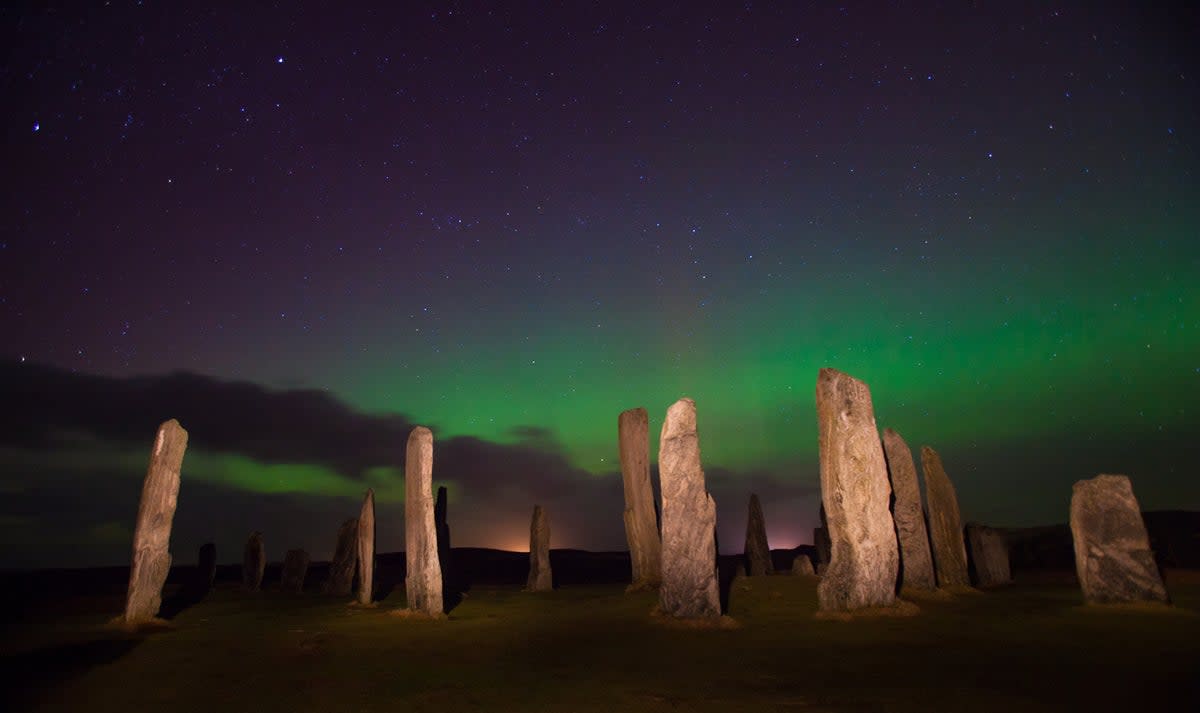
One of the world’s most spectacular natural phenomena, at certain periods during the year the Northern Lights regularly light up the skies of northern countries that sit in the ‘aurora zone’ of the Arctic Circle.
The light show happens when electronically charged particles enter the Earth’s atmosphere from space, producing dazzling displays of green, yellow, purple and even red lights.
This is visible every year in some areas of European countries like Finland, Iceland, Sweden and Norway, while there are regular sightings in parts of Canada and Greenland too. Fortunately for Brits, you don’t necessarily need to trek to these countries to see the aurora borealis; sightings have become more frequent in the UK, with the lights seen as far south as Wiltshire in February 2023.
Although numerous UK locations have reported sightings in recent years, these do tend to be in northern areas of the British Isles. It’s tough to predict exactly when and where the spectacle will make an appearance, but we’ve rounded up a list of the best places where you might be lucky enough to see the Northern Lights in the UK.
Hebrides, Scotland
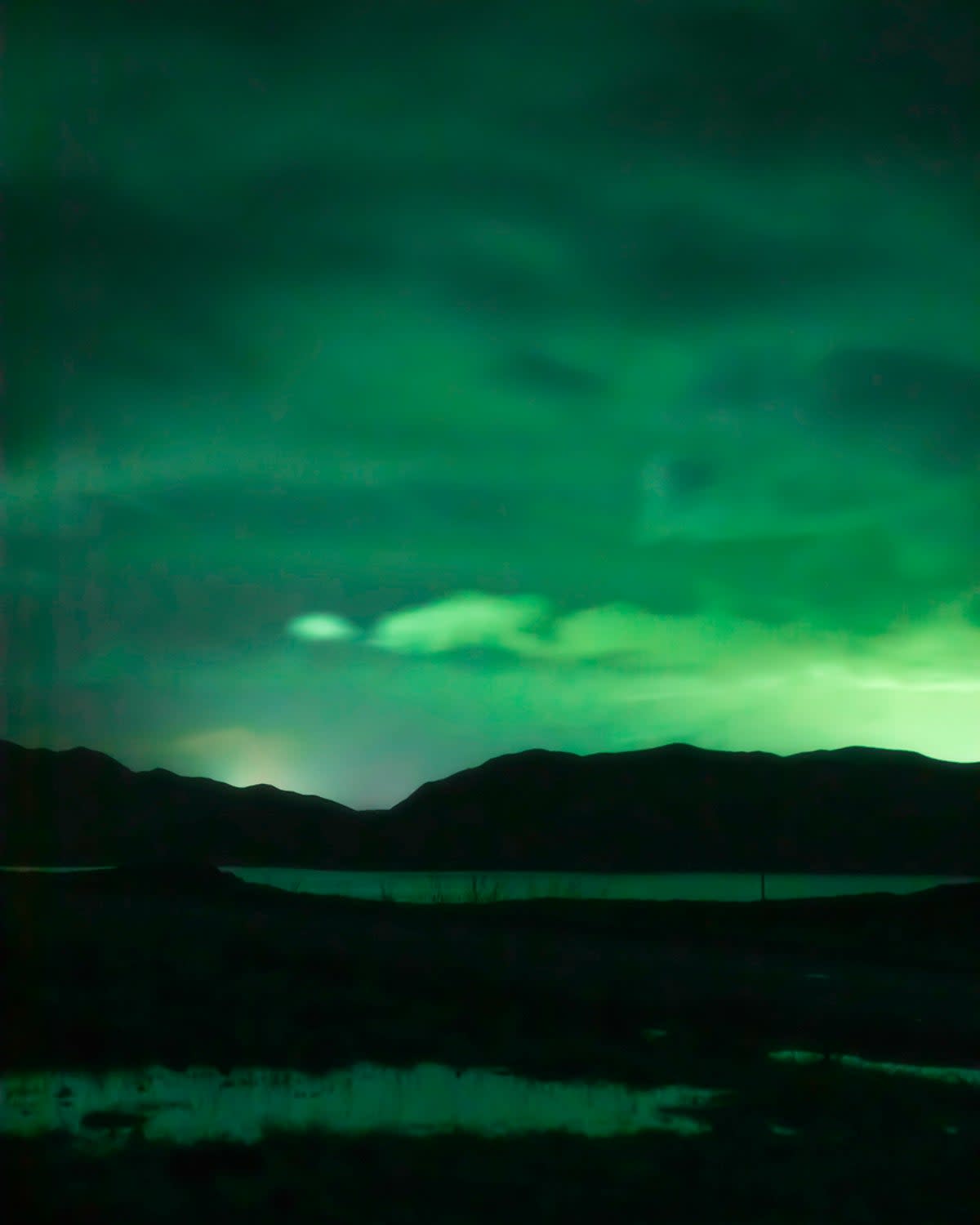
This northern archipelago off the western Scottish coast comprises hundreds of islands, split into the Inner and Outer Hebrides. While the Lights can be seen in Skye and other isles of the Inner Hebrides, your best bet for seeing the lights remains in the Outer Hebrides, likely on the islands of Lewis or Harris. The flat beaches and countryside are great viewing points, while the remote parts of the islands are subject to almost no light pollution. The exceptionally dark skies here are known to be good for star gazing; even if you miss the lights, there’s every chance you’ll see the Orion Nebula, the Milky Way and the Great Andromeda galaxy.
The ‘season’ here runs from September to April, though the aurora is most common in winter, when skies get dark in the late afternoon. In February, the Isle of Lewis hosts its own Dark Skies Festival, with events including live music, film and theatre.
Shetland Isles, Scotland
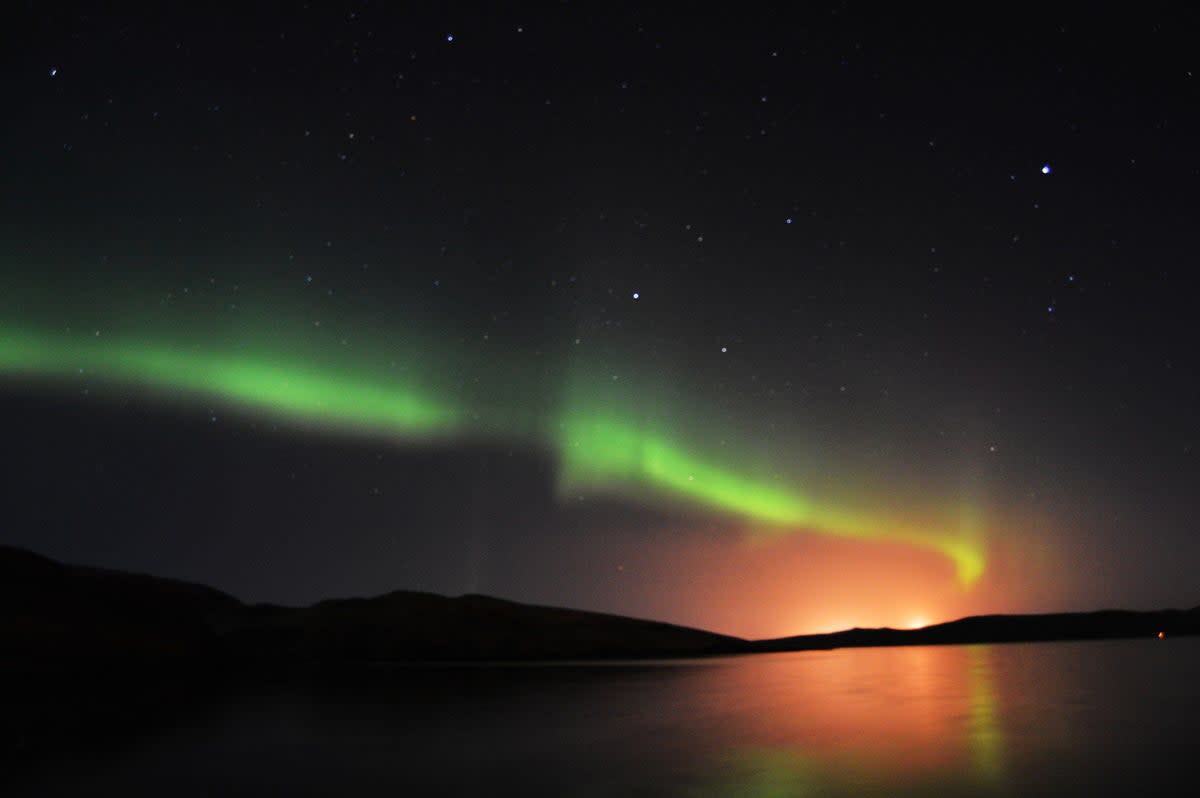
The most northerly point in all of Britain, Shetland lies closest to the North Pole and is a location where locals can expect to see the Northern Lights a few times every winter. Over 100 miles from the mainland, the remote isle is home to plenty of tranquil countryside and coastal scenery, providing dozens of spots where you can potentially watch the lights away from the light pollution of nearby settlements.
The season here runs from mid-October to mid-March, with winter again being the best time to try and see the phenomenon (there are less than six hours of daylight during the shortest days). Though light shows aren’t guaranteed during your stay, wildlife spotting, walking and exploring the towns more than make up for any disappointment should the aurora fail to materialise.
Read more on UK travel:
Cairngorms, Scotland
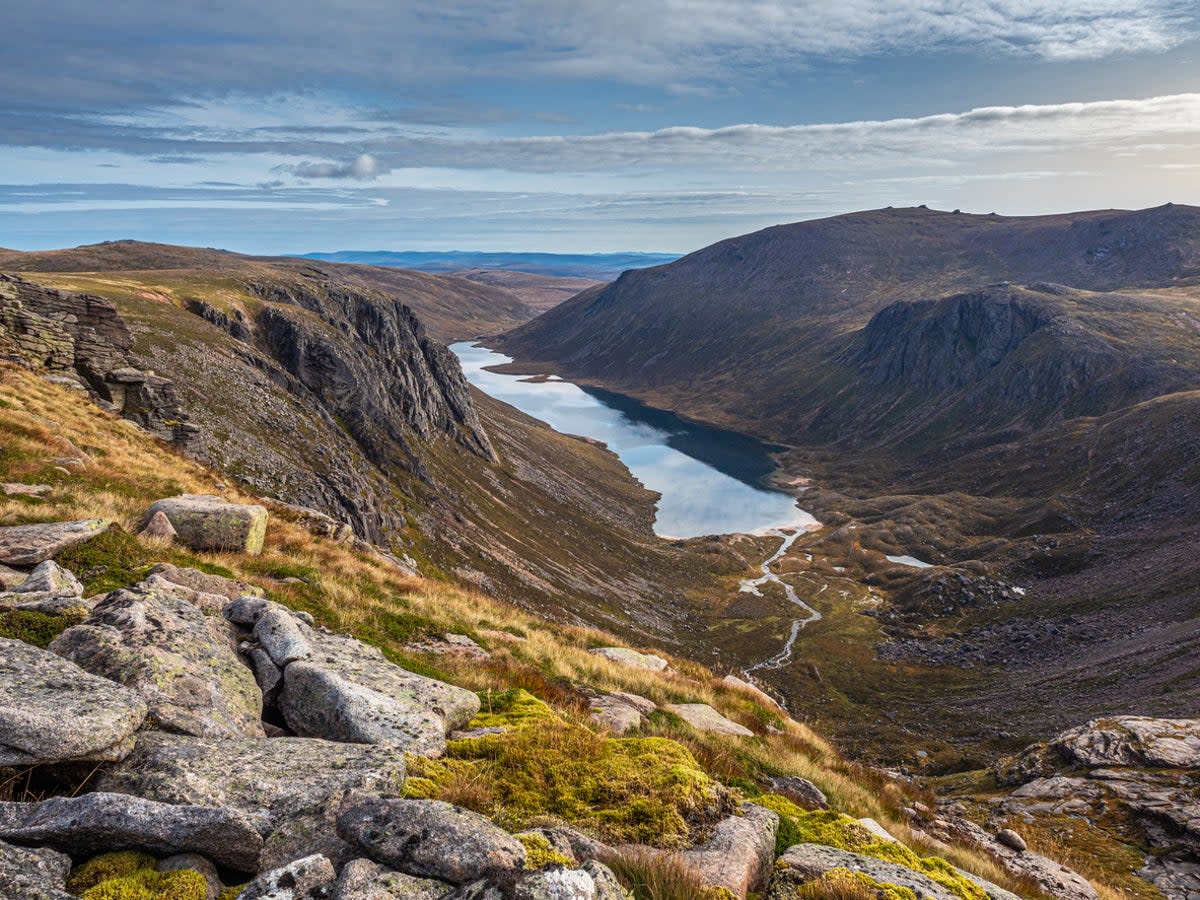
The UK’s largest National Park is another Scottish destination for potentially seeing the Northern Lights. The park is home to Ben Nevis, the highest peak in the UK, and one of the UK’s International Dark Sky Parks (areas noted for “possessing an exceptional or distinguished quality of starry nights”). This area is situated around the Glenlivet Estate, forming the Tomintoul and Glenlivet park. An area with “remarkably dark skies”, the region is busy all year thanks to its vast amount of wilderness to explore and wildlife to see.
While mountains and hills may block views, there are plenty of dark areas that are perfect for seeing the lights between mid-October and mid-March (especially those nearer the coast, where views are less likely to be interrupted by clouds).
Yorkshire Dales, England

With a northerly, light-pollution free location as the gold standard for seeing the Northern Lights in the UK, the Yorkshire Dales are an oft-viable destination. The aurora was seen here as recently as April 2023; the park is one of England’s Dark Sky Reserves and the largest in the UK, and will be hosting a joint Dark Skies Festival with the North York Moors National Park in February 2024. It has four Dark Sky Discovery sites (designated nationwide for “good sightlines of the sky” and a lack of light pollution), which are in Buckden National Park Car Park, Tan Hill Inn and both Hawes and Malham National Park Visitor Centres.
According to the park’s website, on clear nights you can see as many as 2,000 stars, the Milky Way and even the International Space Station. The Perseid meteor shower occurs in August, though the best time to see the Lights is still between September and March – just remember to wrap up warm and follow any aurora updates online or on specially dedicated apps.
Northumberland, England
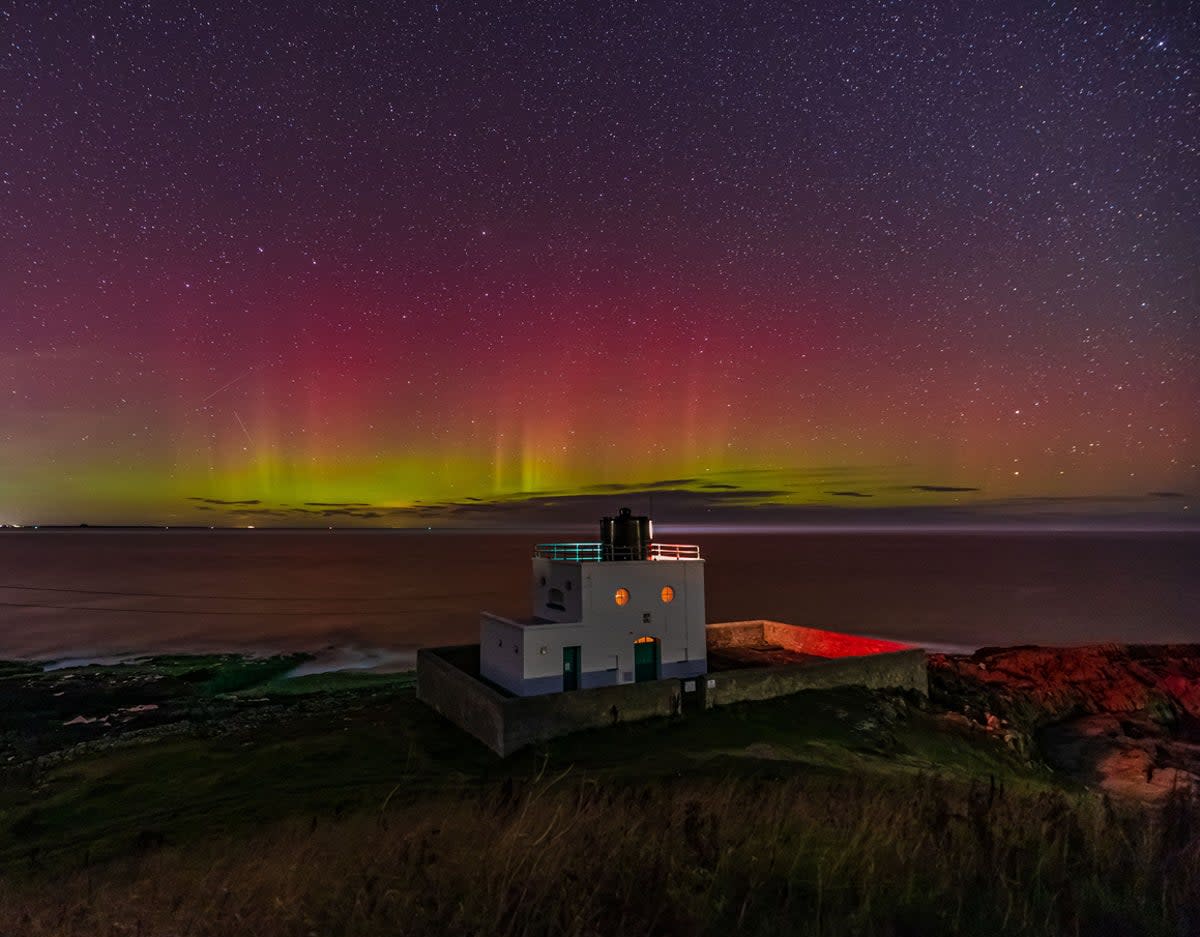
Another International Dark Sky Park, Northumberland’s National Park reportedly boasts the darkest skies in the UK (so is also an excellent stargazing spot). Although it sits at a more southerly latitude than many other light-spotting locations, the aurora has been seen over Hadrian’s Wall and Bamburgh in the past, and the county itself remains one of the most reliable locations to see the display in England. Lights are only usually visible here after particularly strong geomagnetic storms, so it may be an idea to keep track of these if planning a visit. Again, the areas near the coast – themselves in an Area of Outstanding Natural Beauty – can be better for seeing the aurora due to the presence of fewer clouds.
Snowdonia, Wales
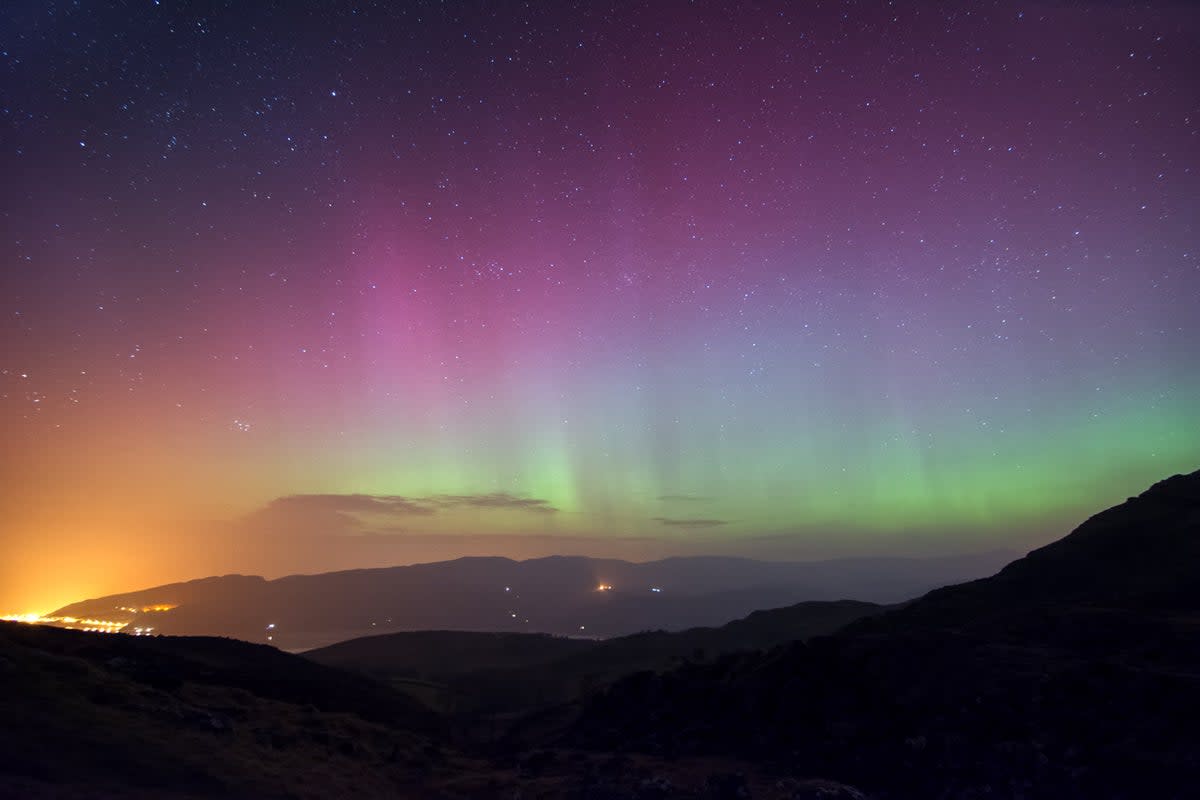
One of three Dark Sky reserves in Wales, Snowdonia also boasts the country’s highest peak, largest lake, its own section of mountain railway and 1,497 miles of public footpaths. The 823-square mile park provides views of the Milky Way and major constellations on clear nights, with the odd shooting star to make up for those nights where you miss out on an aurora borealis show. As with most places in the UK, you’re more likely to see the lights between October and March. For the best views, head to the lakes of Llyn Geirionydd and Llyn y Dywarchen or to Ty Cipar, between Llan Ffestiniog and Ysbyty Ifan.
Lake District, England
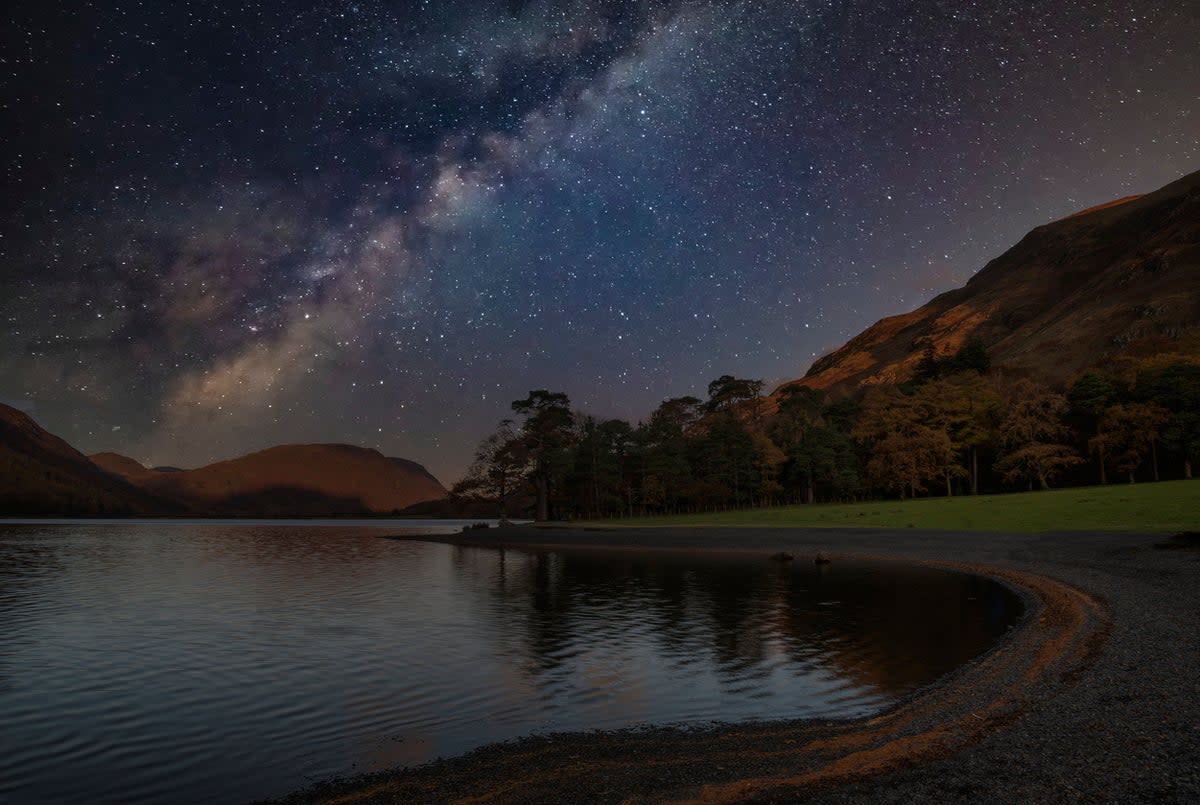
While better known as a destination for walking, hiking and simply enjoying the peace and tranquility of the surrounding nature, the Lake District is also one of the best places in England to see the Northern Lights. The area is an exceptional place for stargazing too and is currently seeking to become an International Dark Sky Reserve. Though the lights are rarer here than in Scotland, the lakeside backdrops make for particularly dramatic surroundings if the lights do appear, with excellent view points at Grizedale Forest, Wasdale, the Langdale Valley and Derwentwater.
Read our reviews of the best UK hotels